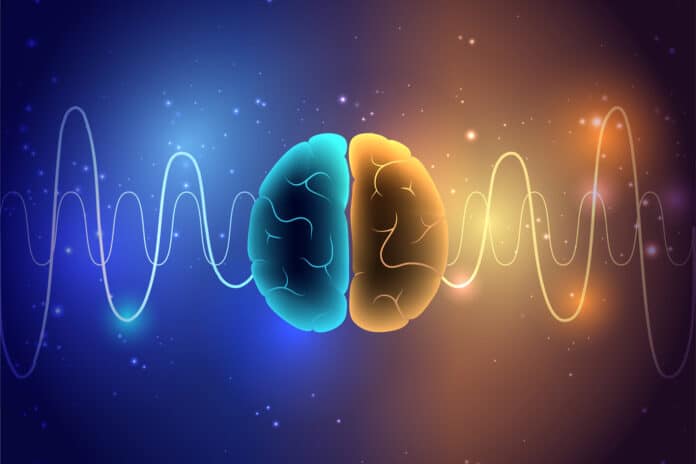An increase in gamma-range neuronal oscillations has been linked to brief painful lasers and harmless touch stimulation. It is indicated that event-related gamma oscillations may be highly variable across individuals. To date, no study has systematically investigated interindividual variability and individual stability of induced gamma synchronization.
A study led by the University of Essex and the Ludwig Maximilians University of Munich’s neuroscience of pain group showed that fast-oscillating brain waves associated with temporary pain and touch can differ significantly in scans.
Previously, these waves, known as gamma oscillations, were assumed to represent pain perception in the brain. However, previous studies concentrated on group data and ignored individual differences. Dr. Elia Valentini discovered significant variances in the timing, frequency, and position of the gamma oscillations, with some people exhibiting no waves at all.
The study, which was published in the Journal of Neurophysiology, was able to map patterns in participants from another lab, indicating that the phenomenon is replicable. The research aims to change how gamma oscillations are recorded in additional sensory domains.
Dr. Valentini said: “Not only, for the first time, we pinpoint the extreme variability in the gamma response across individuals, but we also show that the individual response pattern is stable across time.”
He added, “This pattern of group variability and individual stability may apply to other brain responses, and characterizing it may allow us to identify individual pain fingerprints in the activity of the brain.”
Data from 70 participants were reviewed, and the subjects’ gamma waves were “remarkably stable” and produced comparable individual patterns when stimulated. Interestingly, some people reported feeling pain but not having a gamma response, while others had a strong response.
The study’s conclusions are unknown, but it is hoped they will serve as a springboard for future research. Resercher argues that previous research on the association between pain and gamma oscillations only includes some subjects, leading to incorrect conclusions about the functional significance of these reactions.
Dr. Valentini said, “We don’t mean for gamma oscillations not to have a role in pain perception, but we certainly won’t find its true role if we keep quantifying it as we did thus far.”
Journal Reference:
- Valentini, E., Shindy, A., Witkovsky, V.,etal. Interindividual variability and individual stability of pain- and touch-related neuronal gamma oscillations. Journal of Neurophysiology. DOI: 10.1152/jn.00530.2021
